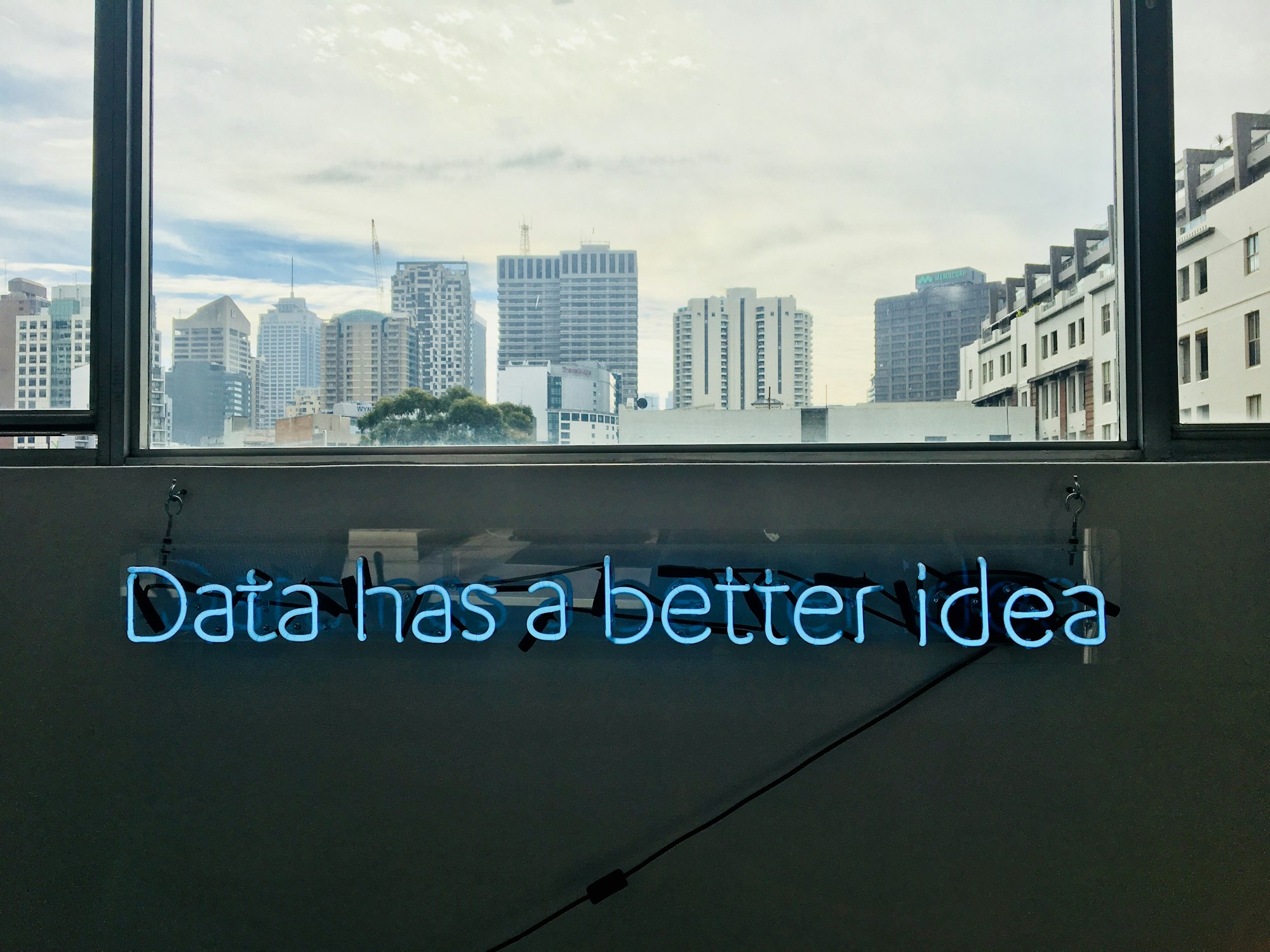Interviews are the most outcome-defining step in the recruitment process: They are where you, as an organization, decide the makeup of your teams. Plus, they heavily influence whether top candidates actually want to join you or not (according to Linkedin’s Global Talent Trends, 90% of professionals say the interview experience can change their mind about a company). Put simply, exceptional organizations need to conduct high-quality, fair interviews if they want to build high-quality, diverse teams.
Despite this, it’s always been a herculean task for any organization - let alone hyper-growth tech companies - to ensure quality interview practises are adopted and executed reliably at any sort of scale. And this is no surprise. After all, for every 50 hires a top organization makes, their people spend over 100 working days conducting interviews*.
That changes today.
With the launch of Interview Metrics, Metaview enables organizations to deeply understand their interviews and take decisive, informed action on how to improve them.
So, how does it work?
When it comes to candidate assessment, the goal of any interview is to gather a high volume of useful signal in order to gauge the candidate’s fit for the role at the company. The goal of any interview process is to do this repeatedly and at scale.
A high quality interview process should assess every candidate consistently and rigorously.
As such, Interview Metrics focus on interview consistency and interview rigor to come up with an empirical, data-driven measure of the quality of interviews being conducted at a company-wide, departmental, and individual level.
Metaview’s Conversation Analytics Platform seamlessly records interviews and gathers data such as Interviewer speaking time, number of questions asked, how often the interviewer probed with follow-up questions, type of questions asked, and many more.
With this unique data, Metaview is able to identify interviews that are inconsistent and lacking rigor, which leave the process overly exposed to bad or biased decisions. All of this rolls up to an Interview Quality Score which can be viewed at a company-wide, departmental, or individual level.
- Onboarded lots of new interviewers recently? Now you can tell if interview quality has declined as a result and initiate training through Metaview where needed.
- Just been through a hiring spike? Now you can see the impact that over-burdening your interviewers has on their interview quality.
- Finding that one department, team, or location are falling behind on their hiring goals? Now you can identify where the problem lies in their interview practises, then use Metaview’s recordings and transcripts to share interview best practises to help them improve.
What have we learned so far?
Over the last 2 years, Metaview has captured and analysed tens of thousands of hours of interviews. This is the most robust and richest dataset of its type on the planet. Interview Metrics means we now know:
1️⃣ Female candidates have 12% less time to speak during interviews than male candidates.
Male candidates speak, on average, 61% of the time during an interview. Female candidates, on the other hand, speak for less than half of the interview (49%).
So what?
If female candidates are getting less air time during interviews, it’s more likely that decisions are being made based on things other than interview performance.
2️⃣ 41% of job roles have interview processes that are highly inconsistent.
An interview process is highly inconsistent when interview metrics - such as interviewer speaking time, or topic count - for a given interview-stage deviate by more than 50% from one candidate to the next.
So what?
If interviews for a role aren’t consistent, then it’s hard to believe the hiring decisions made off the back of them will be.
3️⃣ 23% of hiring manager interviews are low-rigor.
An interview is low-rigor when the interviewer fails to elicit detailed answers from the candidate.
So what?
Low-rigor interviews make it likely that you’re leaving learnings about candidates on the table, make final decisions harder to make, and result in less efficient processes. Interviews that are scored as rigorous by Metaview’s Interview Interview Metrics result in 26% better alignment between interviewers on the hiring decision, and hiring managers that are rigorous interviewers send through 31% fewer candidates to onsite and therefore enjoy a better onsite-to-offer conversion rate.
Interview quality matters. A lot.
Organizations with weak interview quality make worse hires. Without the evidence they need to make a hiring decision, they fall back on credentials, likeability, and gut instinct, which are prone to all sorts of pernicious biases.
Conversely, achieving high interview quality across the organization results in better hiring decisions, made reliably. It is the most effective way to develop an advantage in the war for talent.
To learn more about Metaview’s Interview Metrics and see how it can help you champion and improve interview quality at scale, check out metaview.ai/interview-quality or get a demo from one of our team.
For more on the announcement of Metaview Interview Metrics, view the press release here.
*Average of 8 candidates per hire, who get interviewed for an average of 2 hours each. Assumed 8 hours in a working day.

